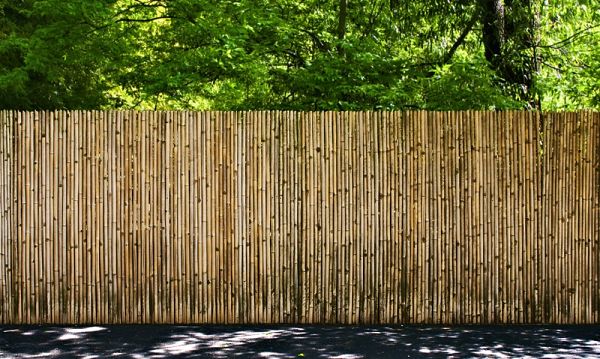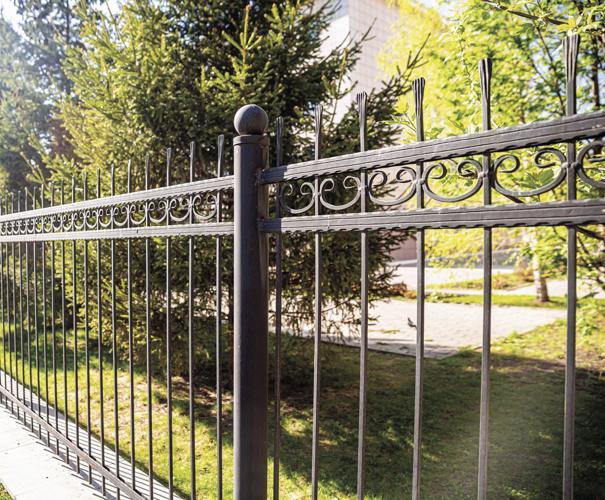All Categories
Featured

When considering installing a fencing on your home, one of the most crucial steps is to comprehend whether you need a license. The certain licenses required can differ depending on your area, the kind of fence you intend to set up, and the height or placement of the fencing.
Why You Required a License for a Fencing Installation. A fencing authorization is essential to make sure that the installation meets regional policies. The authorization procedure aids regional authorities validate that your fence does not interfere with traffic presence, regard your home lines, or break elevation constraints. It likewise makes sure the safety and security of the framework, so it does not posture a hazard to you, your neighbors, or the general public. Installing a fence without a permit can lead to fines, elimination of the fence, or delays in building and construction, so it's vital to check whether a license is required before starting your project.
Sorts Of Licenses You May Need. There are a few common sorts of authorizations you could need for a fencing installation:
Building Authorization. A structure permit is the most common authorization required for fence installations. This authorization makes sure that the fencing fulfills safety standards and is built according to regional building regulations. A building permit is generally required if the fencing exceeds a certain height (usually 6 feet), is made of certain materials, or lies near a public sidewalk or road.
Zoning License. A zoning authorization may be needed to verify that your fencing adheres to neighborhood zoning laws. Zoning guidelines can dictate where a fencing can be put on your residential or commercial property, just how high it can be, and whether it is allowed in particular locations (such as along residential or commercial property lines or ahead yards) As an example, some towns have laws restricting the height of fencings in the front yard to ensure presence for pedestrians and drivers.

Setback License. You may require a setback authorization if you are developing a fence near your residential or commercial property line or close to a street. A problem describes the distance a framework, including fencings, need to be from the building line. Obstacle laws vary by place, and making sure that your fence is positioned correctly can stop problems with next-door neighbors and avoid offenses.
House Owner Association (HOA) Authorization. You might require authorization from them in enhancement to local licenses if you live in a community controlled by a Homeowner's Association (HOA) HOA guidelines usually cover the kind of materials, height, design, and color of fences. Even if your city government does not need a license, your HOA might still have particular guidelines that need to be complied with.
Exactly How to Make An Application For a Fence License. To obtain a fencing permit, you'll require to call your neighborhood building department or planning workplace. The application process typically includes filling in a type, paying a charge, and submitting a website plan of your residential or commercial property that shows the suggested place of the fencing. You may additionally require to consist of details about the materials, elevation, and design of the fence.
In some instances, a local official may require to check your residential or commercial property before approving the license. When the permit is given, you will be accredited to proceed with your fencing installation.
When Is a Permit Not Needed? In certain situations, a permit may not be needed. These situations can consist of:
Low Elevation Fences: In lots of areas, fencings that are listed below a certain elevation (typically 3 to 4 feet) may not need a license, specifically if they are positioned in the backyard or other non-visible locations.
Fence Substitute: If you're replacing an existing fencing with the exact same elevation and product, some locations might not call for a new authorization.
Non-Obtrusive Fencings: Short-term or attractive fences, such as those used for gardening or landscape design purposes, may not call for permits as long as they are not irreversible and low.
However, it is very important to talk to your local zoning workplace or building division, as policies can differ by territory.
Consequences of Not Acquiring a License. Falling short to obtain the necessary authorizations can bring about significant consequences. These consist of penalties, compelled elimination of the fencing, or perhaps delays in construction. Furthermore, if your fence does not fulfill local regulations, you can deal with lawful issues with neighbors or neighborhood authorities.

Verdict. By making sure that you adhere to regional guidelines and acquire the required licenses, you can prevent expensive errors and ensure that your fence is legally certified. Examine with your neighborhood building division, HOA, and zoning office to identify what authorizations are needed for your particular fence task.
Latest Posts
Get the very best Hyundai Bargains at Hyundai of Akron
Published Apr 30, 25
1 min read
Why Pick Washington Fence
Published Apr 30, 25
1 min read
Specials & Discounts: Get Big Savings on Professional Repairs at Montclare Auto Repair
Published Apr 30, 25
2 min read